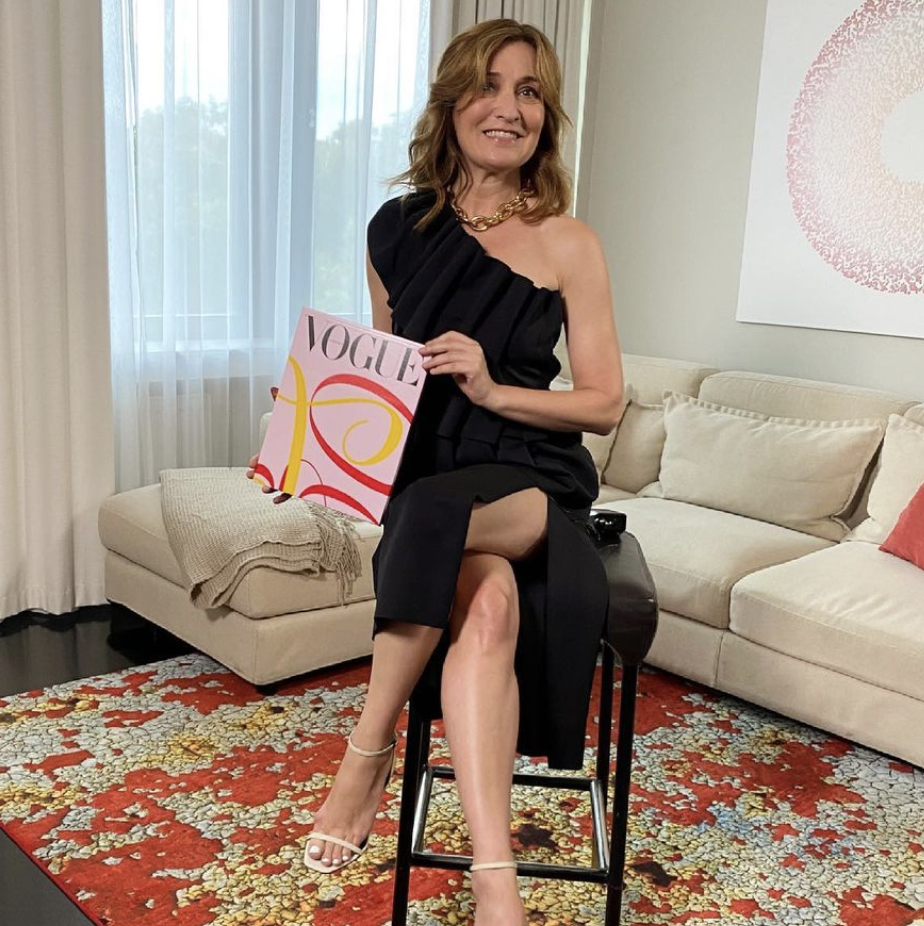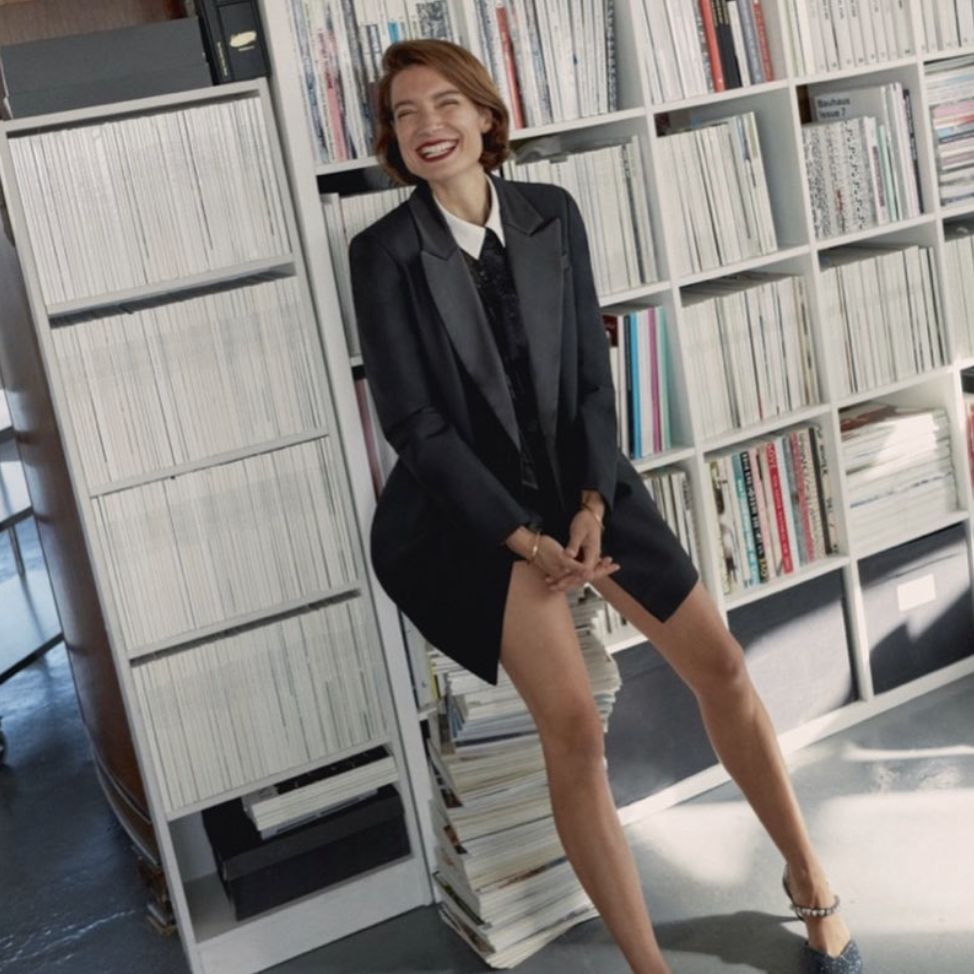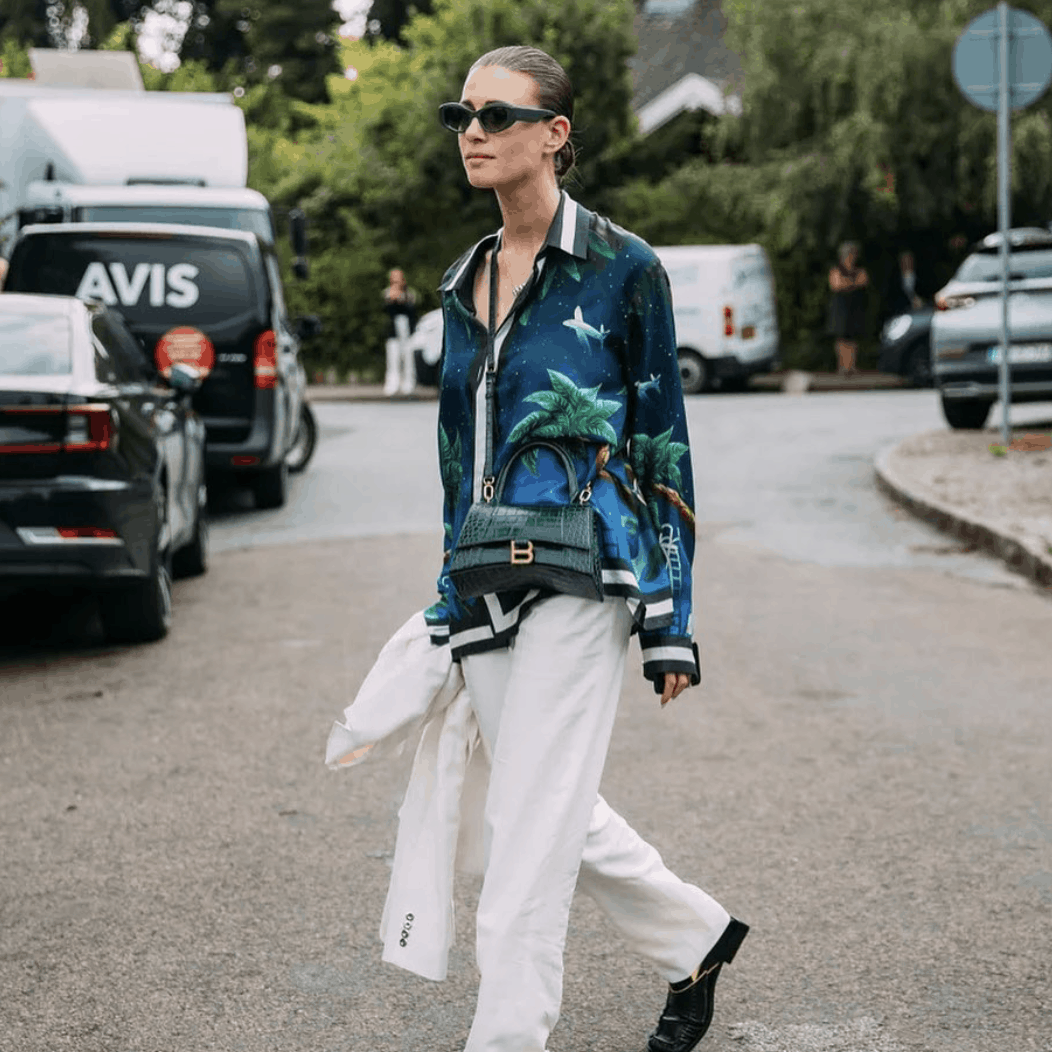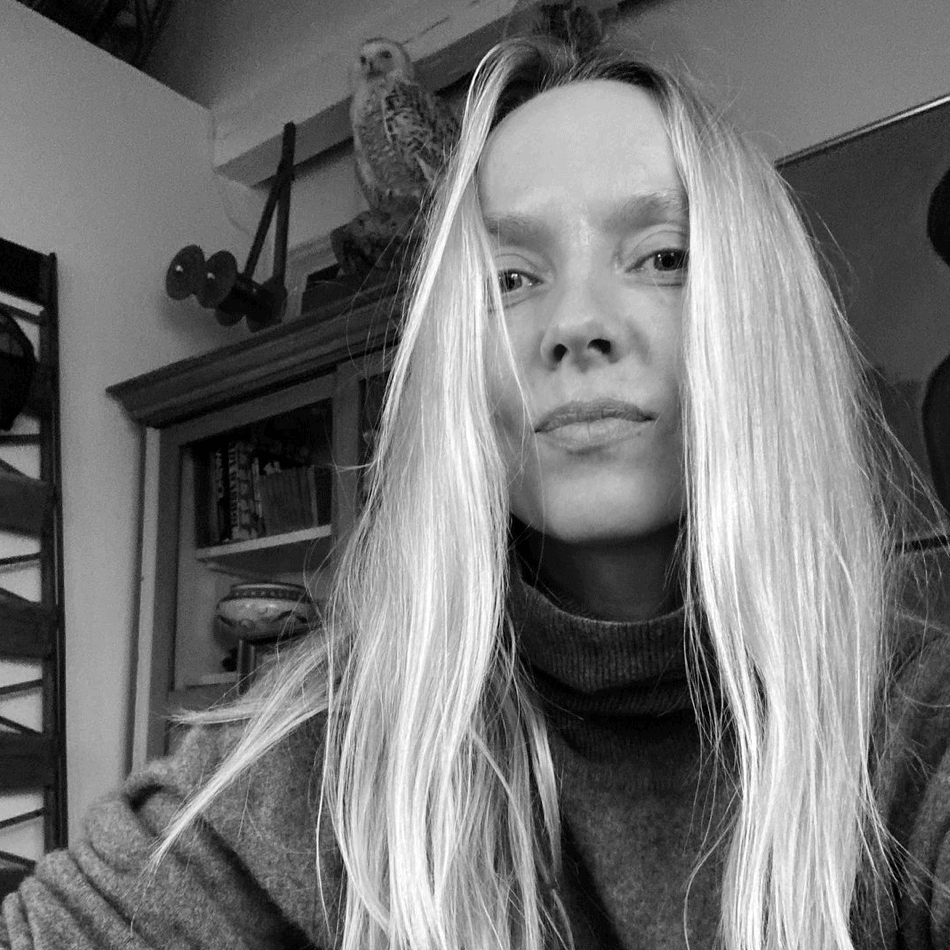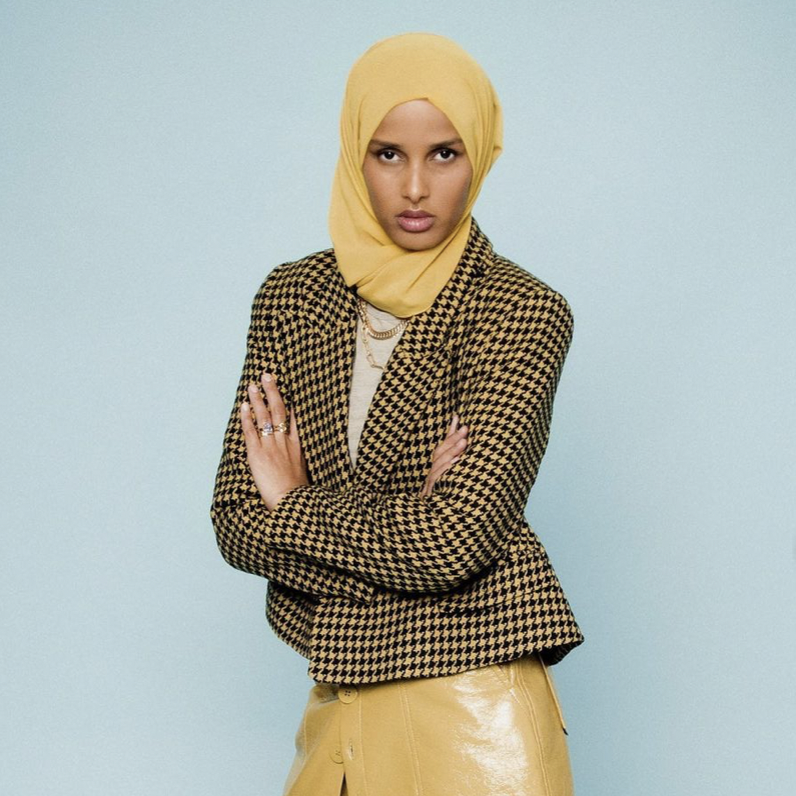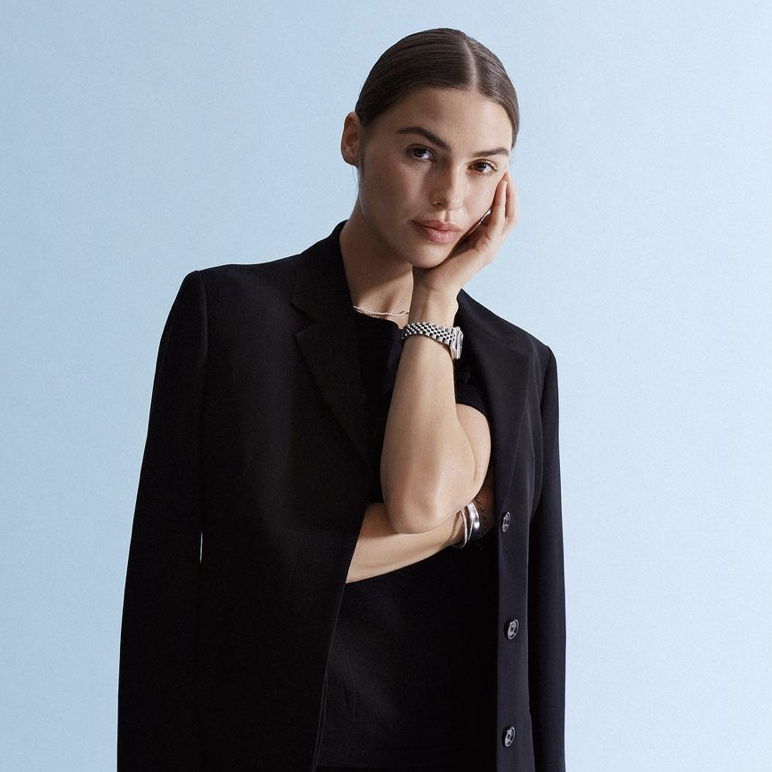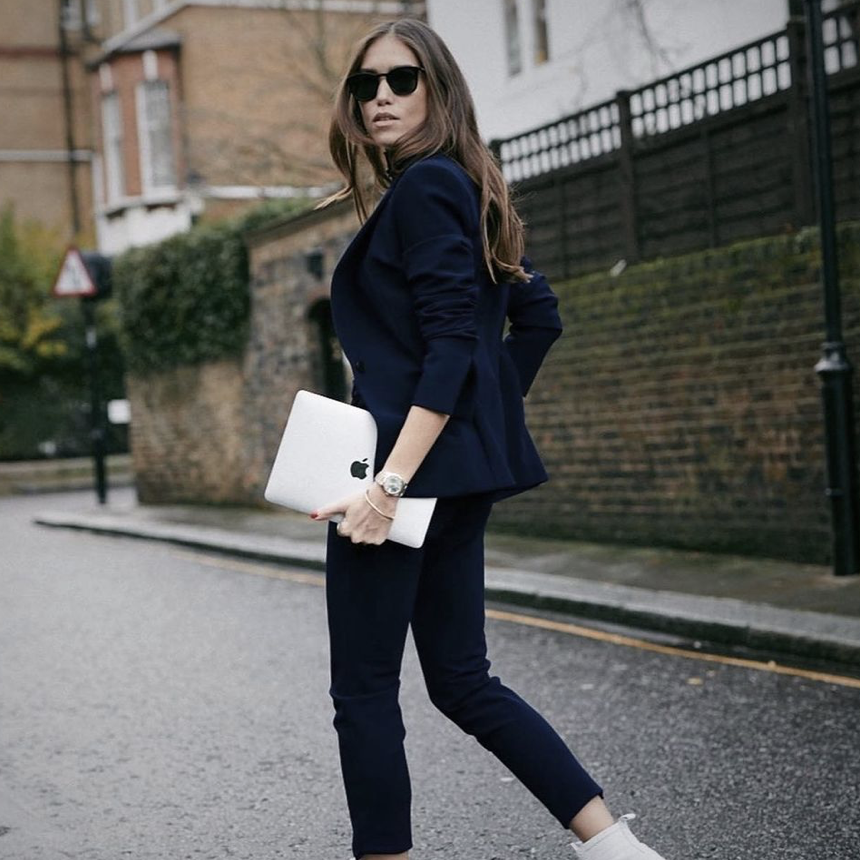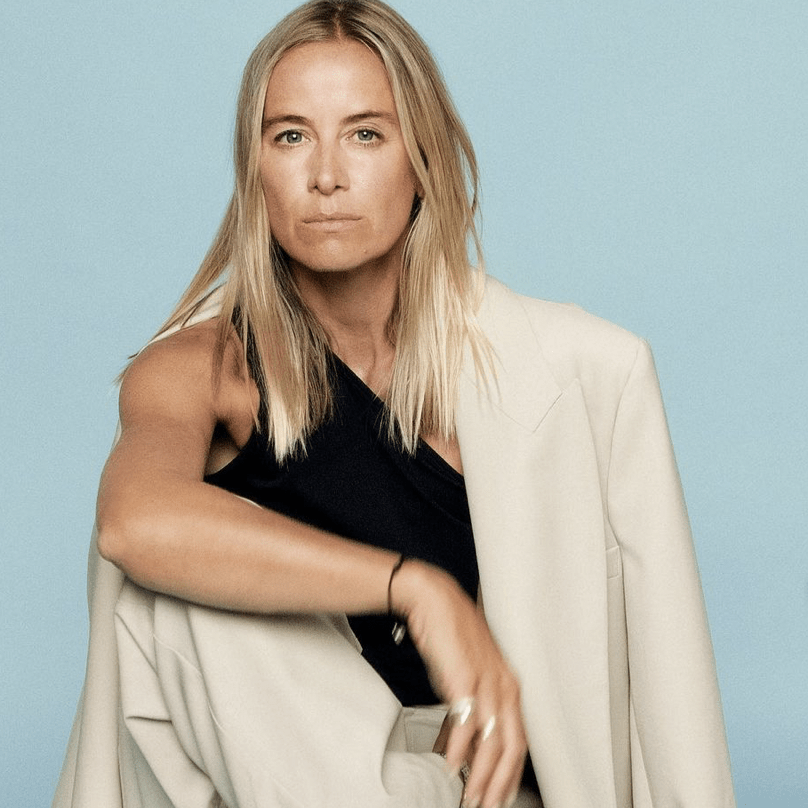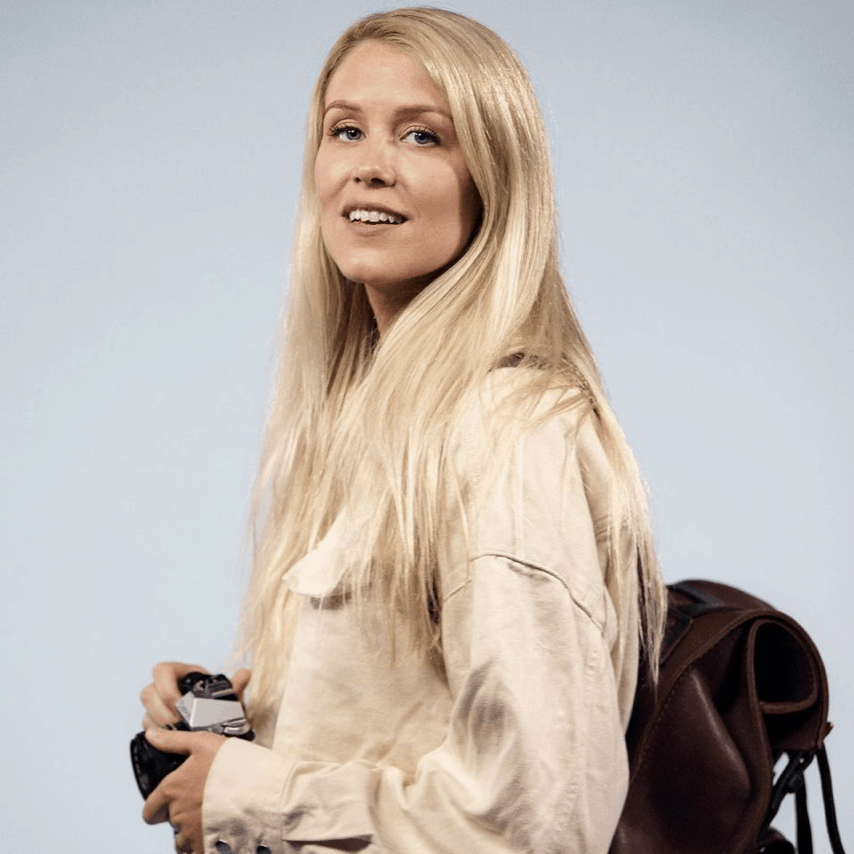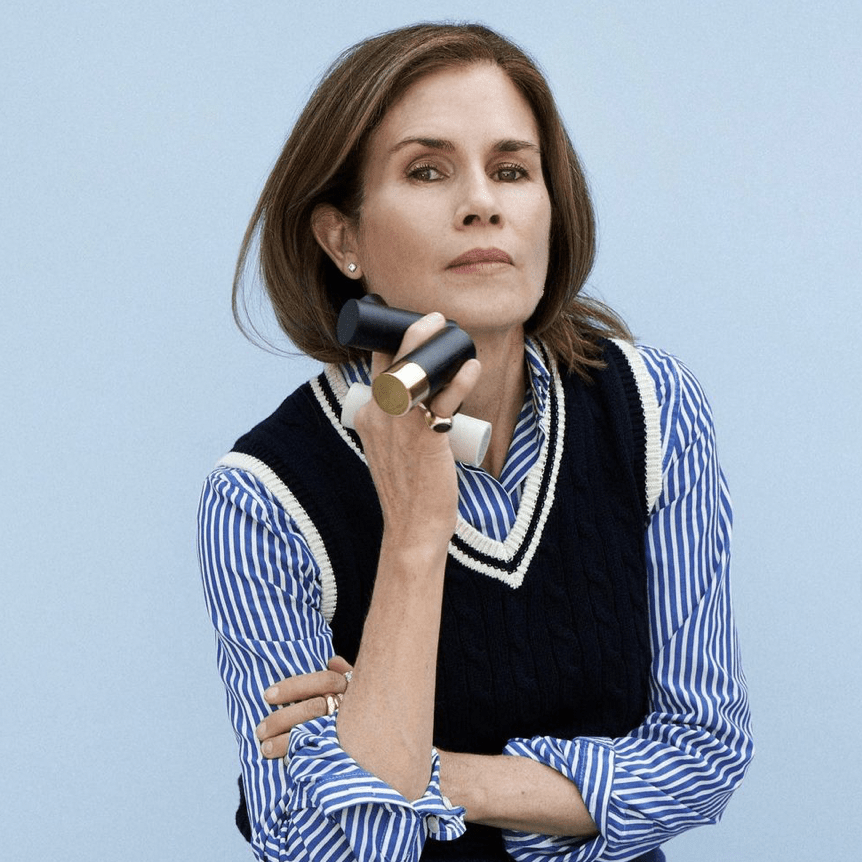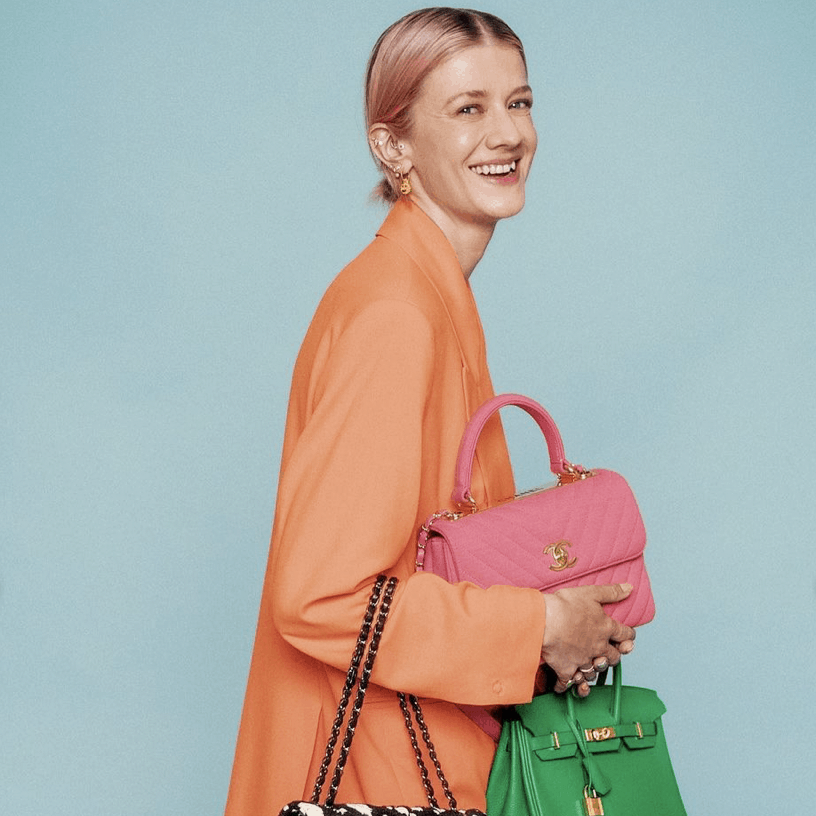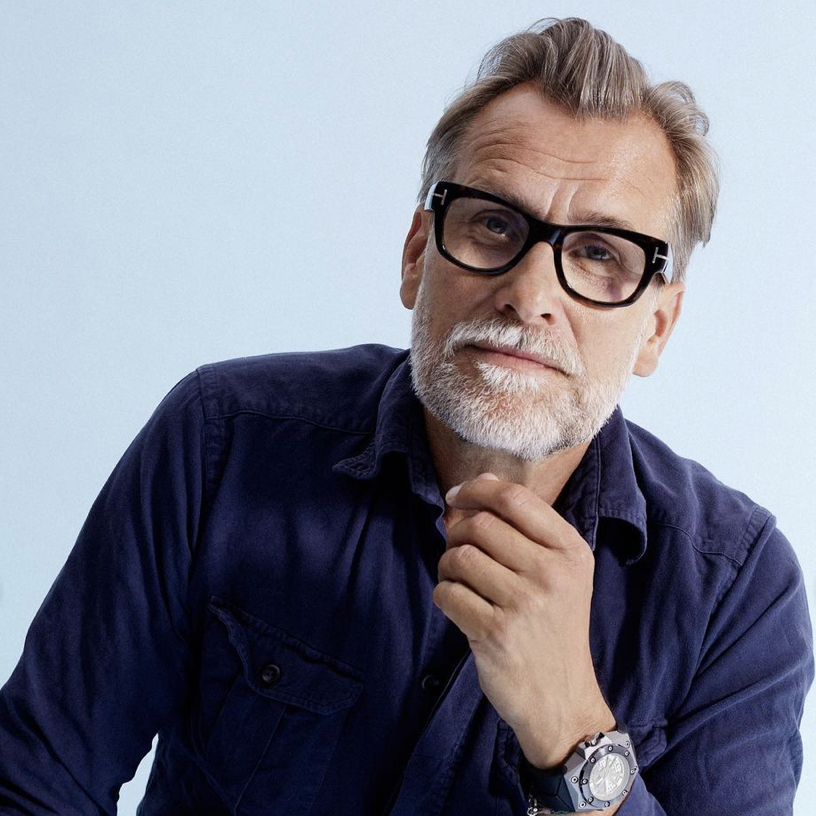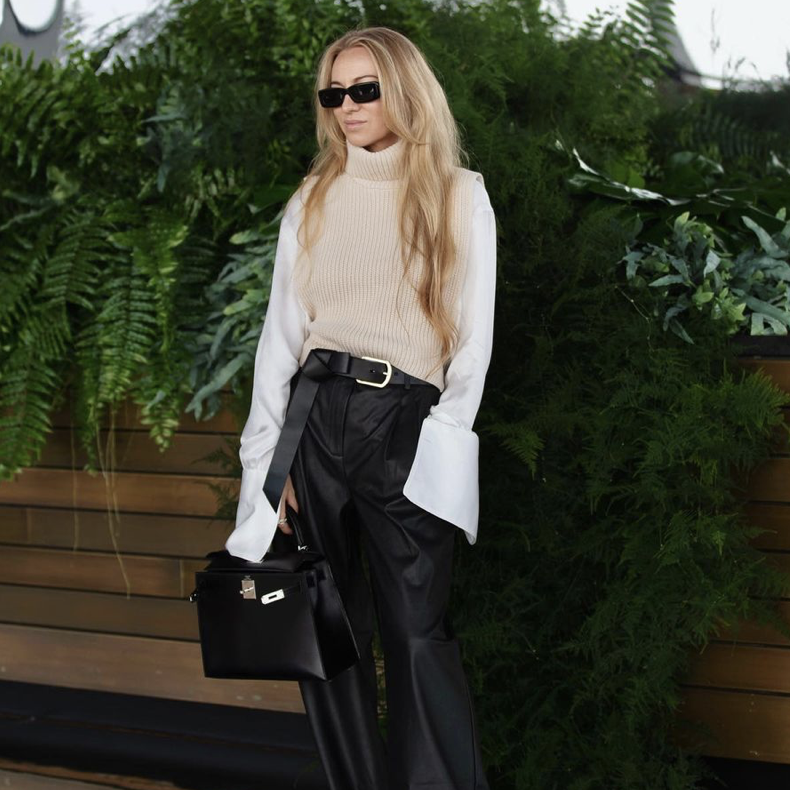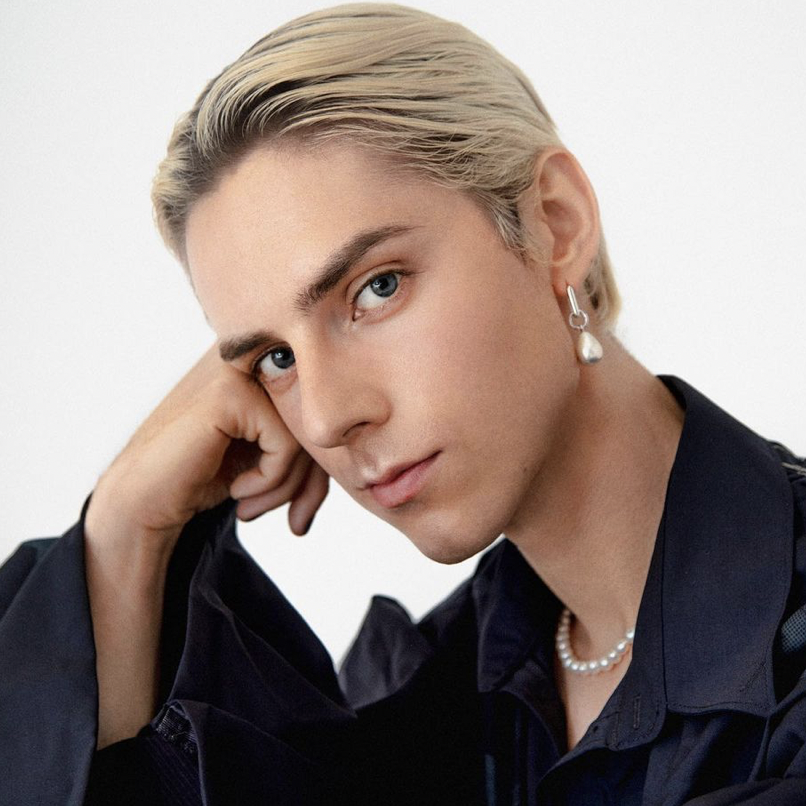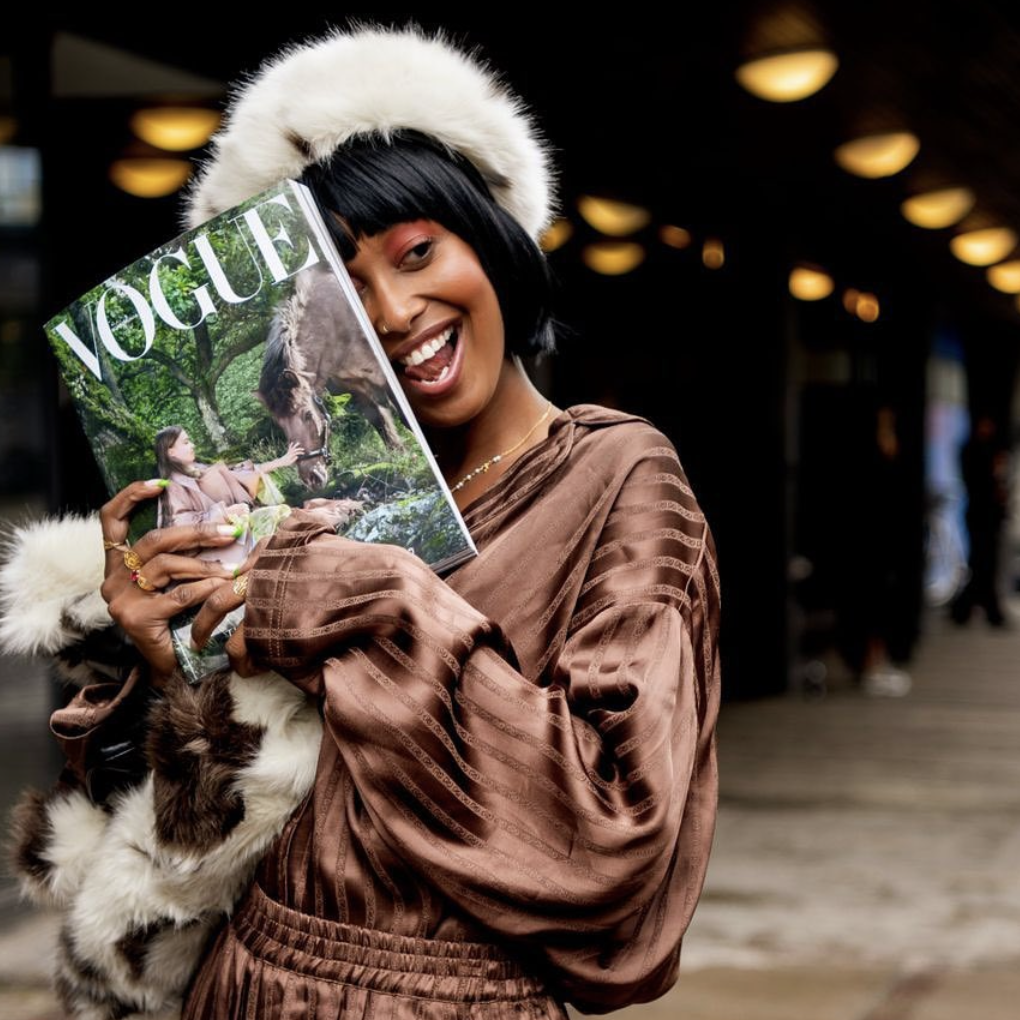Vogue Scandinavia
This August, the highly anticipated Vogue Scandinavia was launched. Comprising a whole region, the edition covers the Nordic countries of Norway, Sweden, Denmark, Finland and Iceland. The magazine aims to be an emblem of modern Nordic fashion, combining elements from all the Nordic countries to highlight the characteristics of their unique fashion.
Vogue is with its vast history and global impact considered a worldwide fashion authority. The power of Vogue and the impact of being featured in a Vogue magazine has acquainted the magazine a status of a guiding star for readers and brands to follow. Therefore, the launch of Vogue Scandinavia marks a significant moment in the Scandinavian fashion history.
The 28th edition of Vogue: Vogue Scandinavia
By publishing Vogue Scandinavia in English, the magazine isn’t only made easy accessible for the Nordic countries, but worldwide. In addition to representing key features of Scandinavian fashion, the magazine takes a political stand on concerns and values of the Nordic region.
Vogue: a fashion history
With its long history and establishment, Vogue Magazine has heavily influenced the development of the fashion magazine industry. Furthermore, its impact on fashion trends remains prevalent to this day. In 2009, The New York Times named Vogue “high fashion’s bible”.
Vogue Scandinavia ethos: Sustainability on the front page
“Our goal is to give back more than we consume, to become carbon negative throughout our whole value chain”
– Mariann Jacobsson, Vogue Scandinavia’s Head of Sustainability.
The fashion industry is notorious for its environmental footprint; Vogue Scandinavia is hence putting a heavy emphasis on how one can lead a more modern and sustainable fashion consumption. This is not only represented through the content of the magazine, but in all levels of the production chain. Vogue Scandinavia is transparent in their sustainable processes, from how the paper of the magazine is locally sourced and produced in the Finnish woods, to how they have cut out plastic wrapping and gone for a more environmentally-safe wood fibre packaging.
To further minimise waste and be more sustainable, Vogue Scandinavia will be the first edition of Vogue not to be sold in physical shops. Its 6 yearly issues are exclusively to be bought on the online Vogue Scandinavia platform. With the publishing industry becoming more digitalised, Vogue Scandinavia solely being represented online utilises the advantages of online platforms. Vogue Scandinavia aims to serve its readers as a three-dimensional experience consisting of look, smell and sound; scented paper and digitally sourced sound.
“We hope to inspire our stakeholders, industry colleagues, and our loyal readers to make small changes for good. A small step made by many people creates a movement, and we are proud to be leading this movement in our industry.”
Meet the Editors
How to reach the Editors
If you wish to subscribe to our Vogue Scandinavia list, please contact us here:
Sara is the Norwegian Market Coordinator at VOCAST, responsible for Norwegian fashion and lifestyle research. When not at VOCAST, she studies Brand and Communications at Copenhagen Business School. Besides work and studies, she is a travel, music, and movie enthusiast.
SIGN UP TO OUR NEWSLETTER
Get free knowledge on how to optimize your B2B marketing & new product releases.
RELATED POSTS
The Art of Slow Living: When Thoughtful Choices Redefine Design
With a fast-paced everyday life, the principles of slow living stand in a sharp and perhaps comforting contrast. As the movement progresses, more people are integrating the values of slow living into all areas of their lives – from slow food to slow fashion and slow...
Mastering Sustainable Branding in Interior Design
In recent years, the appeal of trendy marble coffee tables, plush sofas, and finely designed lamps has captivated us all. While the interior design industry often embodies craftsmanship, it also has a less glamorous side: its environmental impact. This reality has...
Beyond the Aesthetic: The Emergence of Stylists as Influencers
In the realm of interior design, stylists, recognized for turning creative visions into captivating editorial and commercial projects, are increasingly emerging as key influencers on social media. The rise of digital platforms has substantially redefined their roles,...

